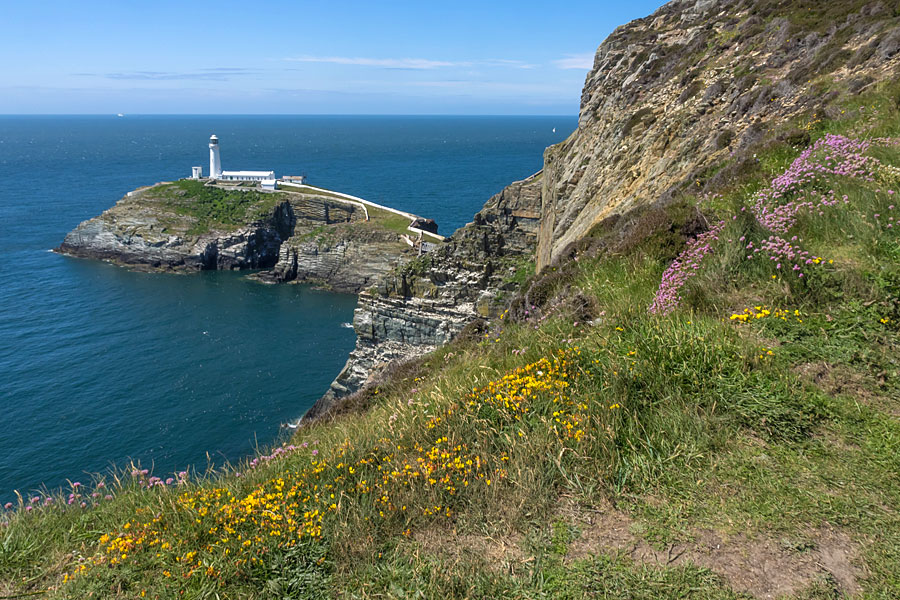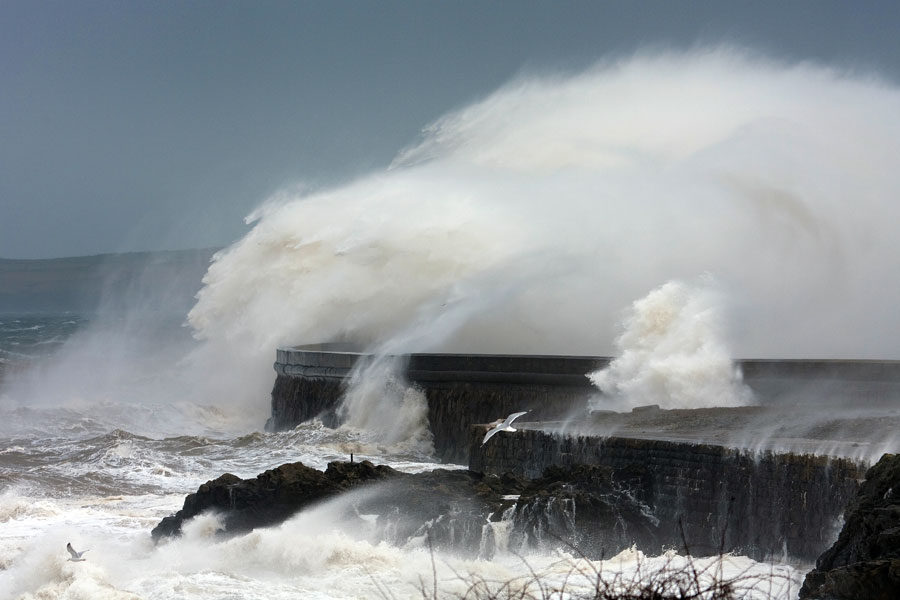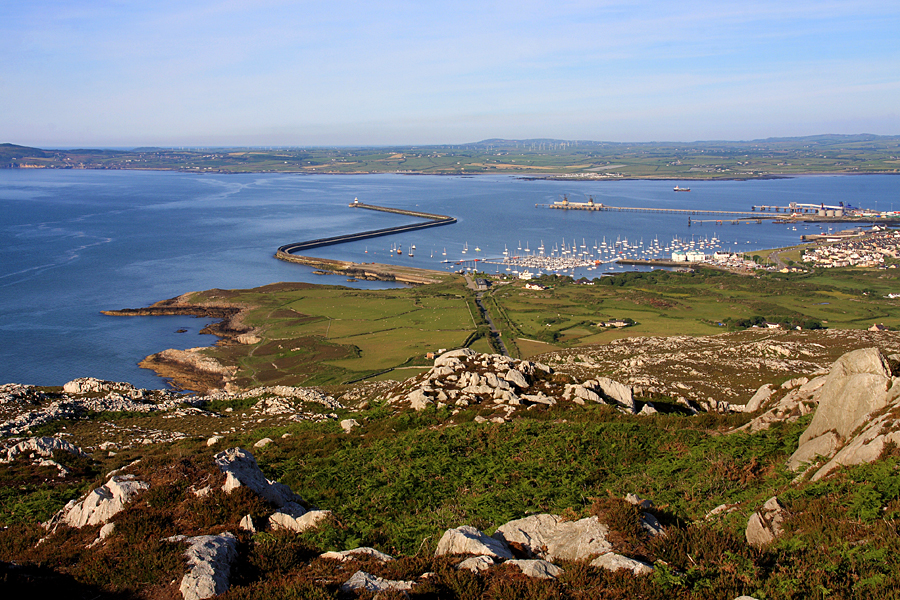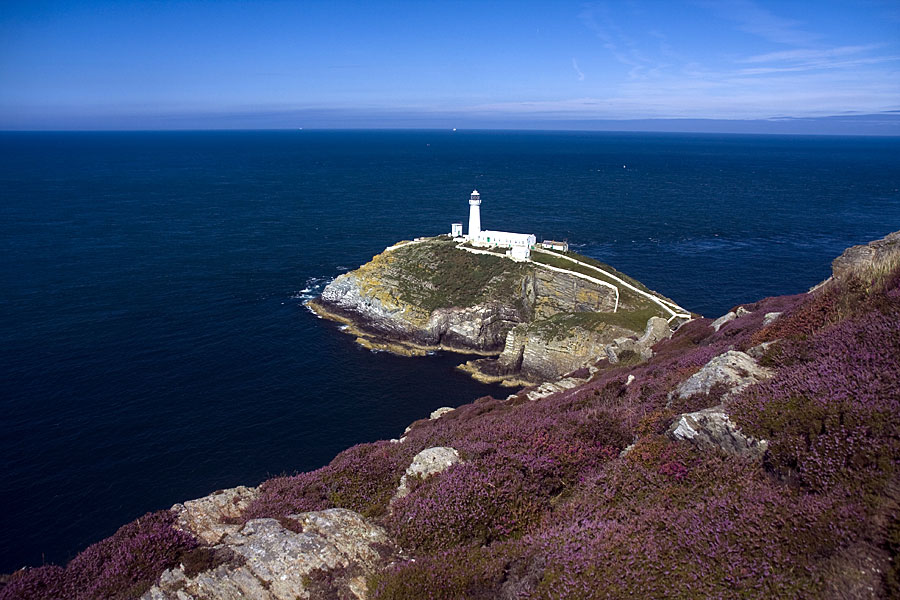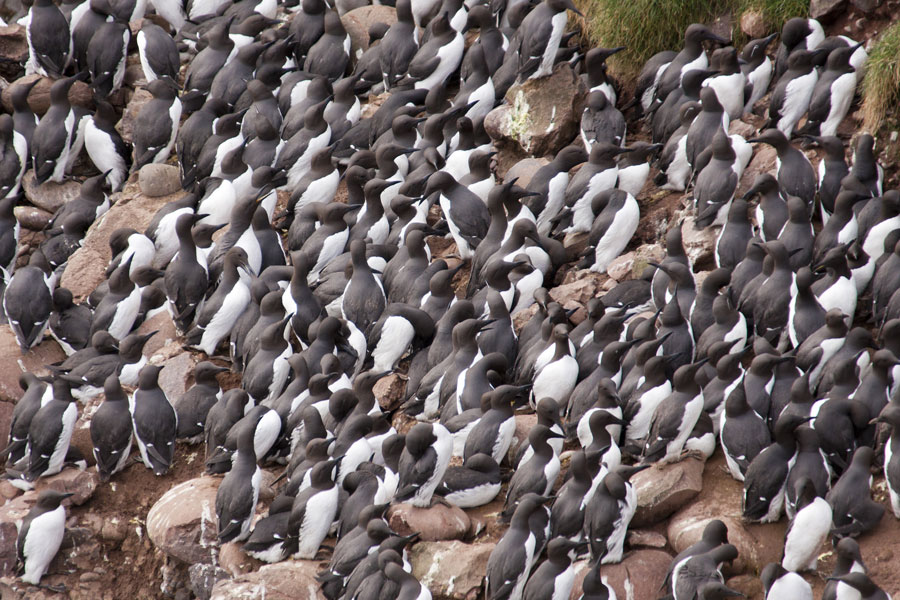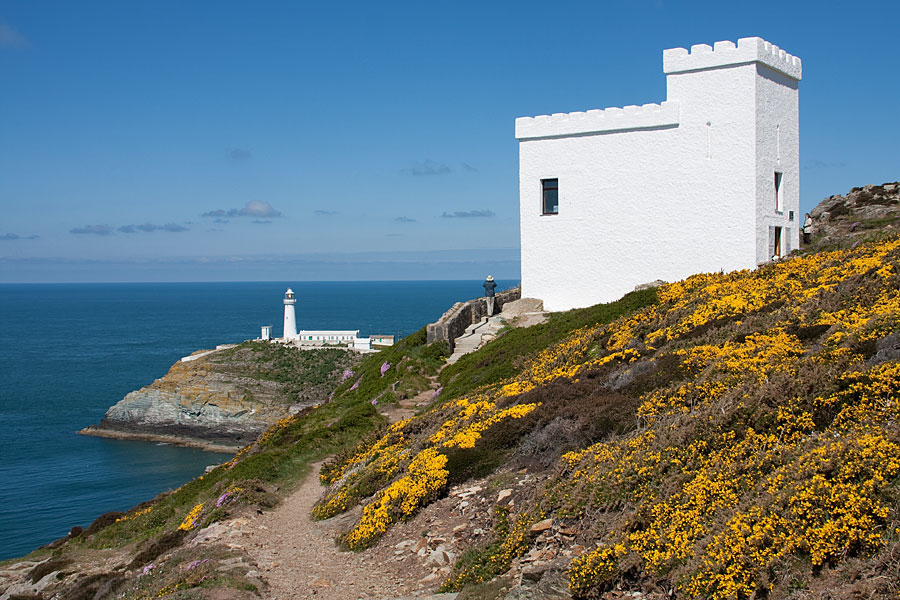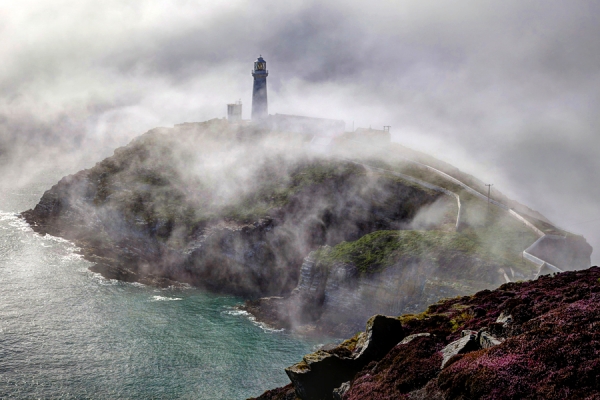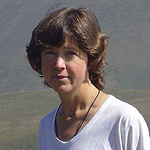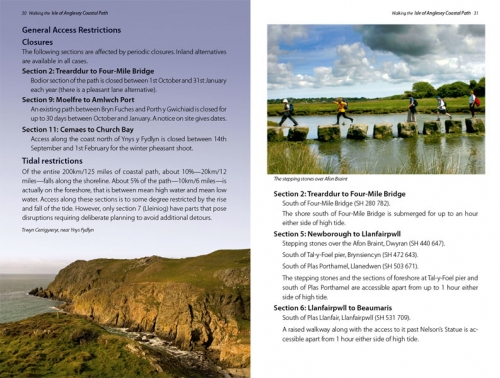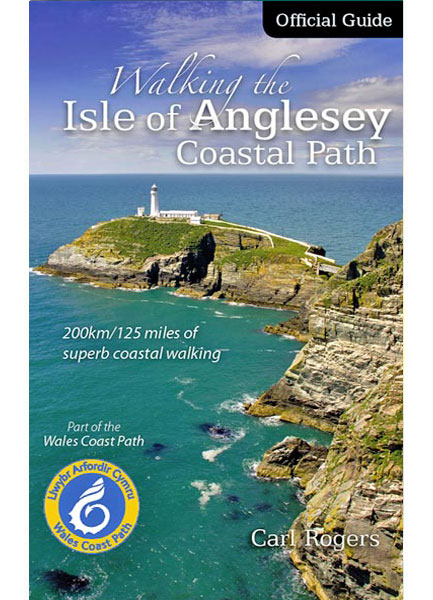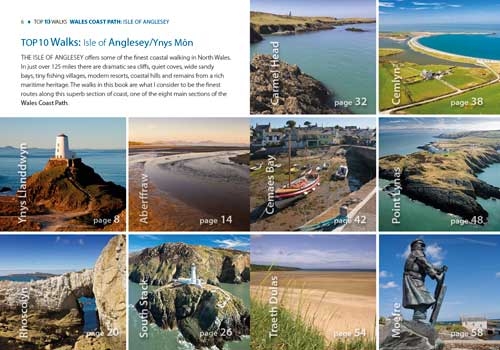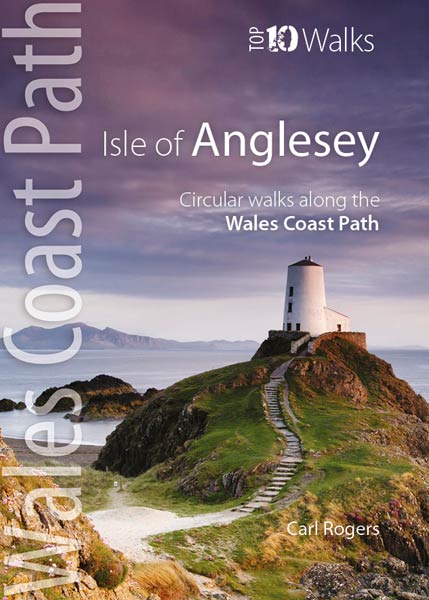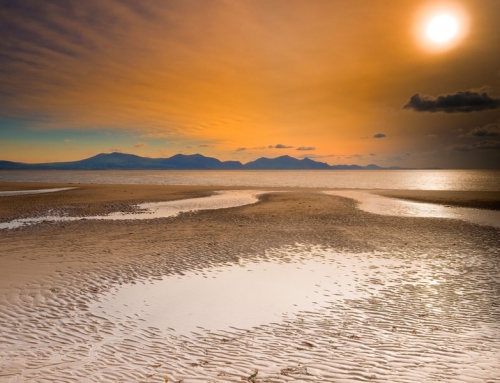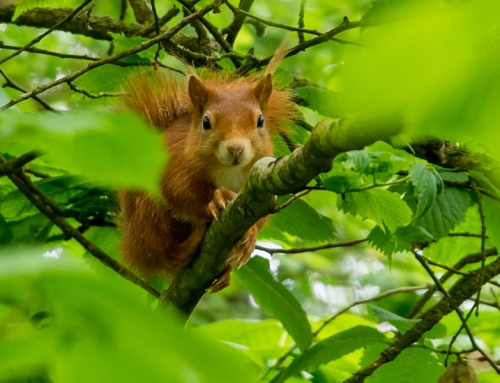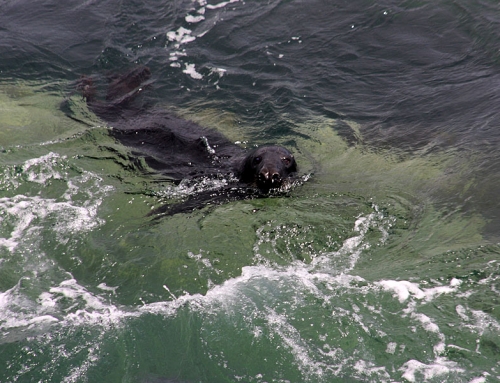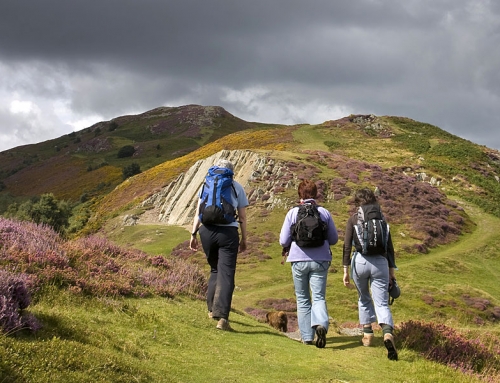South Stack lighthouse at the tip of Holyhead Mountain, on Anglesey
There’s more to Holyhead, on Anglesey, than meets the eye discovers Fiona Barltrop
APPROACHING HOLYHEAD along the fast dual carriageway that whisks you across Anglesey from the mainland, you might well wonder – if it’s your first visit – why you’ve come all this way. Visible from afar, the tall chimney of the former aluminium smelting works is the town’s most obvious landmark – but changes are afoot for the site with a biomass plant and eco park in the pipeline. And there’s a regeneration scheme ongoing in Holyhead itself, which is encouraging.
Holyhead is not actually on the main island of Anglesey but Holy Island, connected by two road links. It’s a busy ferry port with regular sailings to and from Ireland. The harbour’s impressive breakwater – the longest in the UK at 1¾ miles – was completed in 1873 after 28 years of labour.
‘Rocky Coast’
From the Boathouse Hotel I followed the tarmac no-through road, signed with both the Anglesey Coastal Path waymark (featuring a hovering tern) and the Wales Coast Path shell waymark – you can’t go wrong! Beyond some derelict buildings, including the former Soldier’s Point Hotel (a white castellated Victorian mansion), earmarked for renovation as part of the waterfront redevelopment plans, the path leads down to a beach of white pebbles and an attractive stretch of coastline, known locally as the Rocky Coast. This area is part of the Holyhead Breakwater Country Park – hence the information boards and charming little mosaics and carved wooden benches.
As if the superb views and cliff scenery weren’t enough, I spotted half a dozen seals bobbing playfully about in the water.
Wildlife Centre
For no other reason than just to check it out, I turned off the Wales Coast Path towards the car park and information centre, situated in the site of the old quarry which supplied stone for the breakwater. It proved a worthwhile detour indeed. Much work has obviously gone into transforming the site, with an attractive little lake, smart new café, a North Wales Wildlife Trust centre and outdoor exhibits. I was particularly impressed by the displays in the Brick Shed Gallery.
Back on the Wales Coast Path I was soon heading up a stone-pitched path leading past an old magazine building, once used to store explosives for the quarry. It was good to gain some height and look back down on the impressive breakwater. Before long I dropped back down towards North Stack. The old foghorn station here (currently up for sale) has been an artist’s studio for almost 25 years – quite some location, perched atop the sheer cliffs. I sat on the grass among a sea of sea-pinks looking out over the sparkling blue of the sea below me, a clear blue, sunny sky overhead.
Seals and seabirds
As if the superb views and cliff scenery weren’t enough, I spotted half a dozen seals bobbing playfully about in the water, and could happily have whiled away the afternoon watching them.
But onwards and upwards….and so to the top of Holyhead Mountain, Anglesey’s highest point; only 220 metres/722 feet, but an excellent viewpoint (and the site, too, of an Iron Age hill fort). Thence across the rocky, heather-clad terrain to an old look-out on the cliff-top and an impressive view of South Stack and its lighthouse below. The imposing cliffs are famous for the thousands of breeding seabirds that perch wing by wing on the narrow cliff ledges. Having descended and partly re-ascended the 400 steps that lead down to the footbridge, I stopped to enjoy the spectacle, pleased to spot a couple of puffins amid the multitude of guillemots.
Thereafter, with the day’s (distracting) highlights behind me, I made quicker progress along the Wales Coast Path round headlands and sandy bays towards Trearddur. An RAF Search and Rescue helicopter out on a training exercise from nearby Valley provided one final distraction; whether piloted by a certain royal or not (he was still based there at the time) I knew not.
Trearddur was surprisingly quiet – no doubt many buildings are holiday homes. There was time to linger and watch the sunset from the fine sandy beach before the bus back to Holyhead.
A memorable walk and well worth coming all this way.

